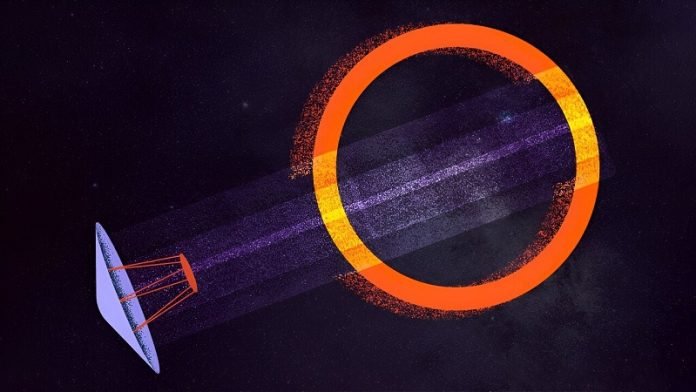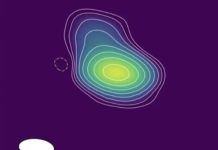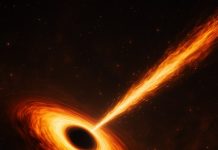
Do you remember that impressive photo of a black hole we saw a few years ago?
That was a big deal! Now, the same scientists behind that amazing snapshot have an even bigger plan. They want to get a closer look at the glowing rings around black holes.
And they’re setting up a massive project called the Event Horizon Explorer (EHE) to do just that.
Why Look at Black Holes Again?
Black holes are mysterious parts of space where gravity is so strong that not even light can escape.
A few years back, a group led by the Center for Astrophysics at Harvard and Smithsonian captured a picture of one. That in itself was a huge achievement! Now, they want to study the bright rings, known as photon rings, around these black holes.
Michael Johnson, a scientist from the team, mentioned that these rings are like layers of a wedding cake. But right now, with the tools they have, these rings are too hard to see clearly.
The New Mission: Event Horizon Explorer (EHE)
To get a clearer look, they’re planning a big space mission that would make their black hole photos 10 times sharper. Imagine it like getting a new pair of glasses that let you see tiny details from far away.
Janice Houston, another expert in the group, is optimistic. She said that they found no reason they can’t get this mission going in the next 10 years. That’s pretty fast in the world of space exploration!
One of the coolest parts? They want to send back a lot of data from space – so much that it’s like sending all the books from the Library of Congress back to Earth in one go! Peter Galison, a Harvard professor, mentioned using special lasers to send this massive amount of information.
What Can We Learn?
These photon rings can tell us if black holes spin around. And if they do, they also twist the space and time around them. Galison explained that if a black hole spins, the photon ring would look squished, like an oval. So, if the EHE can spot this oval ring, it would prove that black holes spin and affect the very path of light!
Challenges Ahead
This won’t be easy. They need to build super-sensitive tools that can work in the freezing cold of space. Plus, they need to launch a huge dish into space, with a super-smooth surface to get the best pictures.
Eliad Peretz from NASA said this mission is all about pushing the limits. They want to explore new parts of space and get as close as they can to the universe’s mysteries.
Dominic Chang, a student at Harvard, is working on the science that’ll drive this project. He and others brainstormed ideas and plans during a workshop. He finds it amazing to be part of such a big project from its early stages.
Peter Kurczynski from NASA added that this mission would help understand how the huge black holes in the middle of galaxies came to be.
Ending on a motivational note, Dean Christopher Stubbs reminded everyone of the incredible feat of taking a black hole picture. Moving forward from that success is a big step, and he finds it astonishing.
Black holes, once just a mysterious part of space, are now becoming clearer to us.
With projects like EHE, we might soon uncover even more secrets about these cosmic giants. It’s an exciting time for space enthusiasts!
Follow us on Twitter for more articles about this topic.
Source: Harvard University.



